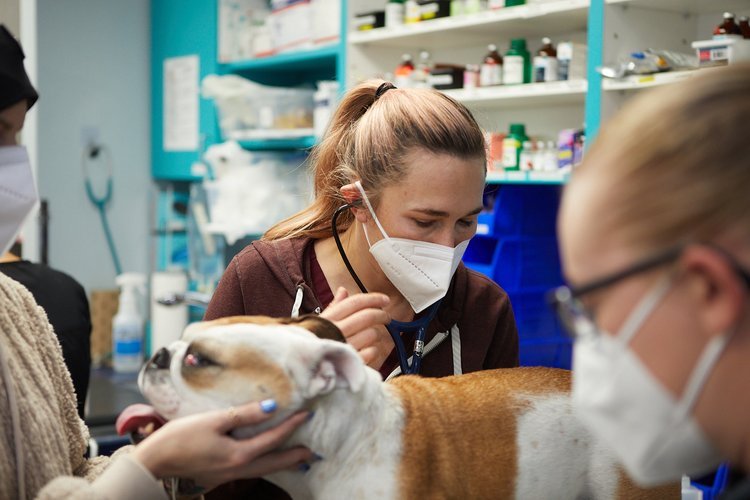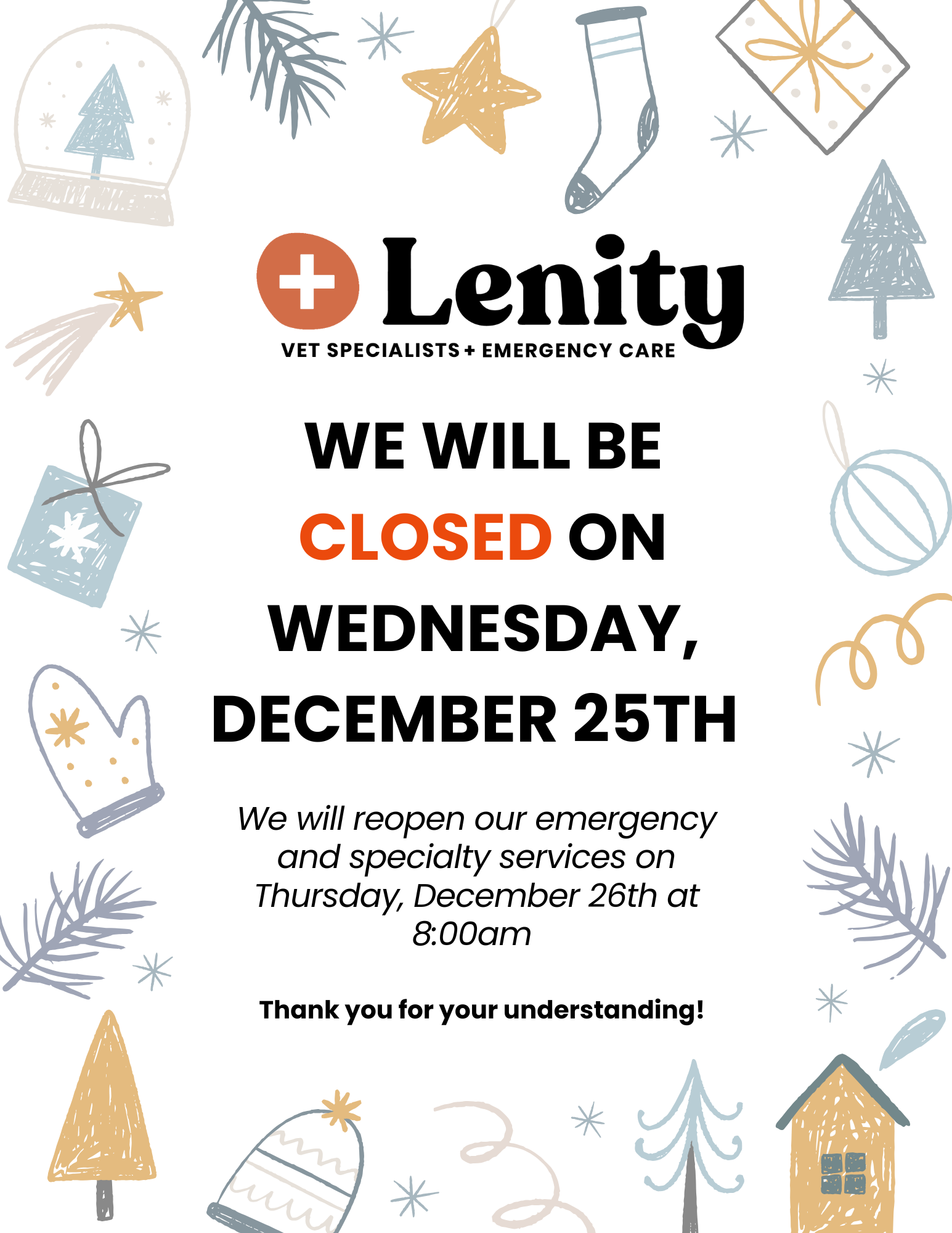Pain Clinic

Lenity partners with a rehabilitation center to provide pain relief options for cats and dogs recovering from surgery and to improve chronic injury, pain, immobility, and arthritis symptoms. We treat animals using a multimodal approach, working with the rehabilitation team to increase mobility and range of motion while helping animals live more comfortably through a personalized pain management plan. Our Bay Area pain clinic improves the lives of pets while they live with chronic conditions or recovery from procedures that affect their quality of life.
How it works
Treating pain is a complex process, made even more complicated by the changes taking place within your pet. As they recover from illness or injury, they may require less pain management. They can also experience adverse side effects that can be both obvious and more subtle. Recovery involving physical therapy can be either helped or hindered with pain management, depending on the level of intervention. We help pets live happier lives through our San Francisco pain clinic.
Mobility & healing after surgery or injury
Certain surgical interventions and procedures require weeks to months of dedicated recovery time, often followed by continuing rehabilitation to get the pet back to at- or near-normal levels of activity safely. Our Bay Area pain clinic provides support for pets throughout this process. We work together with rehabilitation specialists to provide expert care on your pet’s path to recovery.
Pain management is tailored to a pet’s specific needs and the requirements that come with the type of procedure they had. For example, in the earliest stages of healing we may prescribe sedatives to keep a pet calm and prevent sudden movements or jumping that might damage the affected area and require revision surgery. As the pet transitions into more active rehabilitation, pain levels can affect their willingness to participate through either lack of interest and general grogginess or through uncontrolled pain.
Changes Over Time
A number of factors require us to constantly update a pet’s pain management plan. Their body can become used to the effects of a specific drug, making it less effective. Interactions with other medications can affect how a medication works at any given time. A pet may respond better in physical therapy directly after a pain drug or four hours after their last dose. Each of these factors and more will be considered and addressed by the care team at the pain clinic here in San Francisco as your pet moves through phases of rehabilitation.
Treatment modalities
- Prescription medications for pain, inflammation and sedation
- Supplements to encourage future health
- Platelet-rich plasma treatments
- Shockwave therapy
- Stem cell therapy
- Hyaluronic acid joint injections
- Surgical procedures to alleviate pain
Surgeries That Often Require Rehabilitation & Pain Management
- Elbow disease repair
- Medial patella luxation (MPL) repair
- Femoral head and neck excision (FHO, FHNE)
- Hip dysplasia repair
- Bone biopsy for diagnostic purposes
- Surgery for a ruptured cranial cruciate ligament
- Long bone fracture repair
- Hemilaminectomy (intervertebral disc disease)
Chronic conditions
There are many chronic medical conditions in pets that may require regular rehabilitation and pain management to maintain a high quality of life. As in humans, these often affect the joints. Our San Francisco pain clinic offers a comprehensive path to a lifetime comfort and regular activity for pets with chronic conditions. Our rehabilitation and pain management services are useful for both post-procedure companions as well as pet owners trying to avoid surgery. Together, we provide optimal care for your pet to help ensure a happy and healthy life.
Individualized Pain Management
Each pain management plan will be tailored to the pet’s individual needs based on their chronic condition, overall health, and home environment. For example, in the early stages of physical therapy we may prescribe stronger pain management medications to allow the rehabilitation specialist to begin working effectively with the affected joint(s). As the pet transitions into more active rehabilitation, they may need more or less pain management to maintain comfort without impeding progress.


